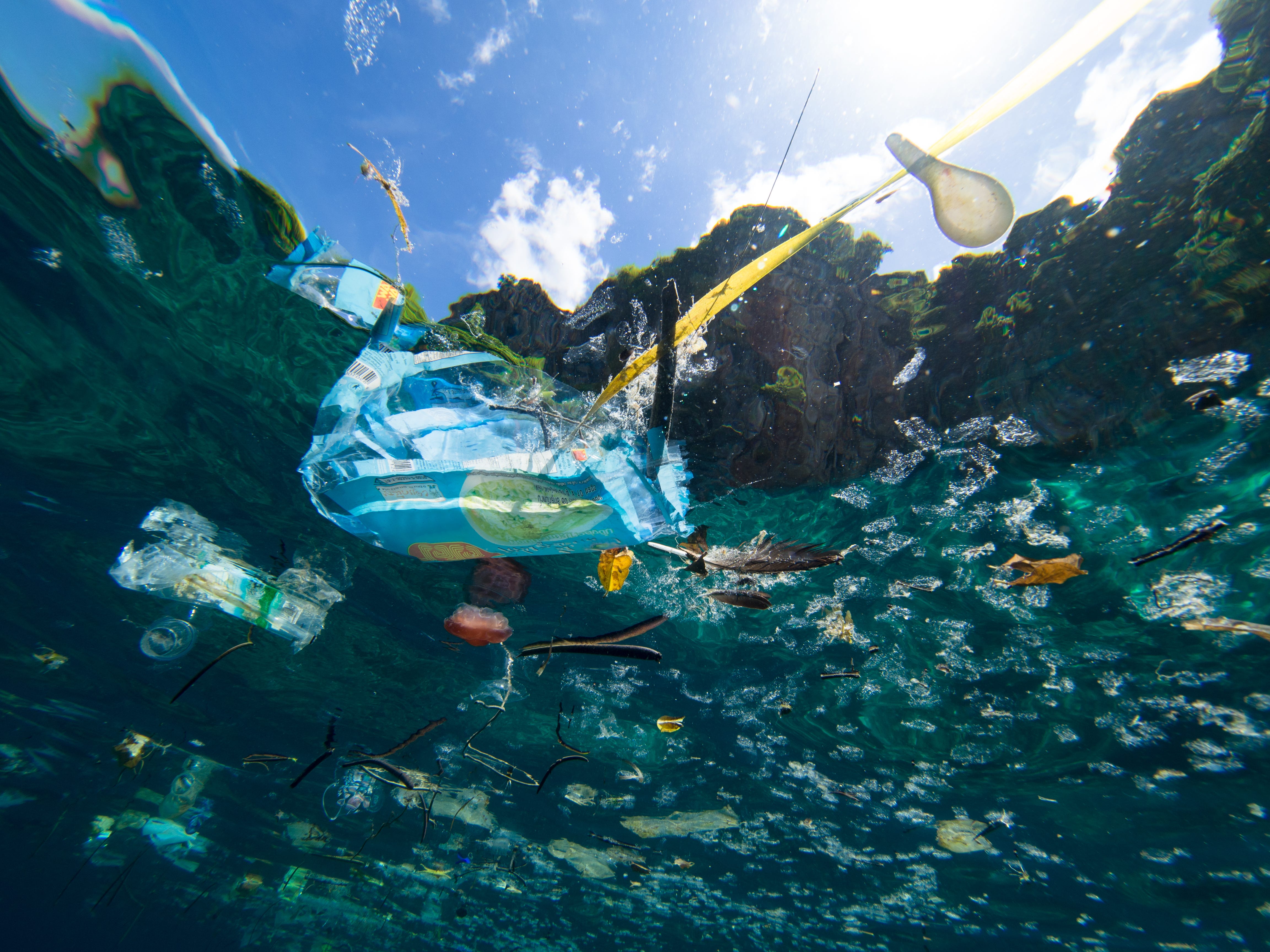

Please contact us for collaborations or for licensing inquiries. Seals and other mammals can die of entanglement from abandoned fishing nets, also called ghost nets. Albatrosses think of plastic resin pellets for fish eggs and give them to their chicks, who die of starvation or ruptured stomachs. Loggerhead sea turtles can eat plastic bags, which they mistake for jellyfish-their favorite food. Marine debris can carry species to other habitats and new ecosystems, promoting the spread of invasive species in the oceans. It harms plankton and algae by preventing the sunlight they require for photosynthesis to generate energy. The garbage harms the marine environment in several ways, especially by interfering with marine food webs. And the debris includes not only plastic but also toxic substances that are entirely non-biodegradable and fishing nets that end up trapping mammals like whales and dolphins which pass through the water.
Pacific garbage patch Patch#
The vast mass of waste floating in the North Pacific has ended up as a pathway that comes in the way that fishers and ships are forced to avoid.Įffects of the Pacific Ocean Garbage Patch On Marine Lifeīut while humans successfully avoid the Pacific Ocean Garbage Patch, sea animals and creatures cannot do so and inadvertently fall prey to the plastic piled up in the Pacific Ocean Garbage Patch. The entire process of the gyre collecting and depositing trash happens in the East and the West part of the Pacific Ocean, thus making the Pacific Ocean Garbage Patch a convergence of the East garbage patch and the West garbage patch in the North Pacific. The gyre currents carry the trash in their path and deposit them in the middle of the North Pacific Ocean. These clockwise rotating currents include California, Kuroshio, North Equatorial, and North Pacific Current. The North Pacific Subtropical Gyre is made of four currents covering 20 million square kilometers. It also defines a garbage zone as a vortex of plastic and other debris broken into smaller particles in the oceans. However, it is accumulated due to ocean currents in the North Pacific, known as the North Pacific Subtropical Gyre.Īccording to National Oceanic and Atmospheric Administration, the gyre is a system of swirling ocean currents. The Pacific Ocean Garbage Patch results from human wastefulness and disregard for mother nature. How is the Pacific Ocean Garbage Patch formed? Is the Great Pacific Garbage Patch increasing? Why don’t they clean up the Great Pacific Garbage Patch? Why is the Great Pacific Garbage Patch at risk? How big is the Great Pacific Garbage Patch 2020?



 0 kommentar(er)
0 kommentar(er)
